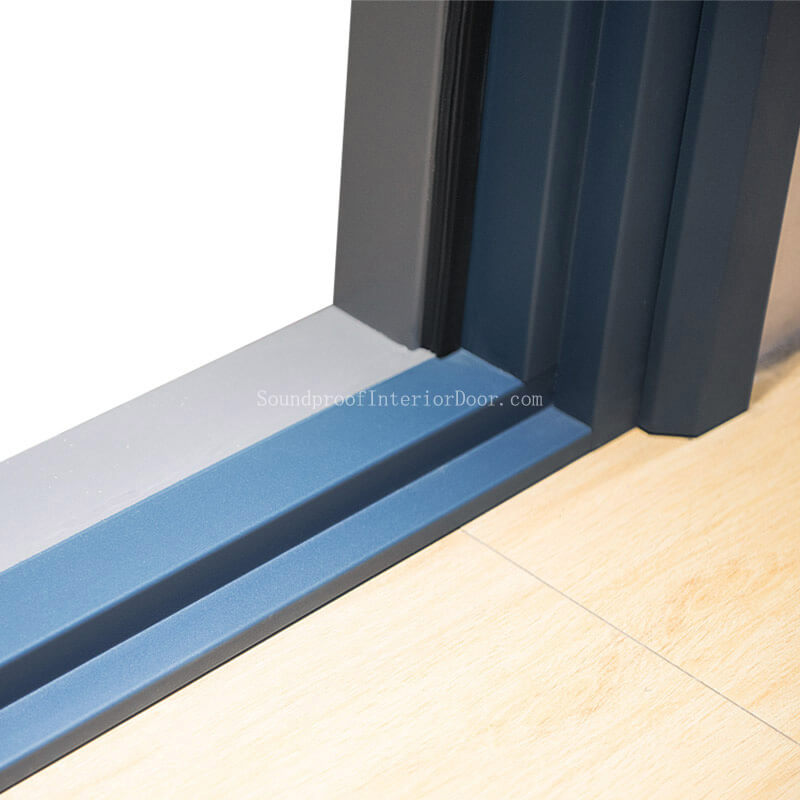Our sticky arsenal of model glue includes glues or glues for each need. There's two kinds of glue that we advise for wood to wood connecting. Wood glue from either Titebond or Elmers (our preference is Titebond because it's kind of thicker and therefore simpler to utilize than Elmers) and contact cement from LePages. Do not forget to visit https://chooseright.net/best-glue-for-particle-board/ to read more.
The benefit of wood glue is that it's water and thus forms a real bond inside the cellular structure from the wood. Also since it is water, it is simple to united nations-adhere two pieces by making use of water. The disadvantage is that it's slow drying so you should utilize clamps unless of course you've considerable time to deal with. With contact cement, there's some art to presenting it. You have to understand how to use this glue because when the pieces are glued together, there you have it - they are stuck for existence.
For unlike materials for example metal to wood, cyanoacrylate (CA or super glue) or epoxy is suggested. CA glue is available in three versions varying from instant adhesion to adhesion within about a minute. The more setting glue is also referred to as gap filling glue. You will find products that accelerate connecting or de-connecting causeing this to be glue fairly simple to use. The disadvantage with CA glue is that there's no true connecting that occurs between your materials. There's additionally a potential ailment because of the solvents if you are using this glue in quantity more than a prolonged time period.
There's another adhesive we use known as hypo cement. We make use of this glue for binding of knots when rigging the model. It's fairly slow drying however the advantage is that there's no shiny residue if this dries so you cannot view it in your work. It is also a gentle glue that does not dry stiff. This leaves an all natural searching finish for your rigging.
Finishes
Finishes of ship models are the natural wood look, stained or colored. This really is all dependent on either personal choice or historic precision.
If you would like natural wood look, we advise a spar semi gloss transparent urethane finish from Helmsman. Diluted 30% for that first couple of jackets then full strength for that third coat, this finish brings the natural grain from the wood you use.
Some builders prefer staining some or all the wood. Staining can provide a wealthy " old world " turn to your model. Know the best products on https://chooseright.net. Updated daily.
Some modelers prefer enamel paints, others prefer acrylic paints and both kinds of paint have strong supporters. Which kind of paint you utilize is dependent on personal choice. Enamel paints generally give a tougher finish and a greater gloss, while acrylic paints dry considerably faster and are frequently water-soluble, causing them to be simpler to wash up. All model paints, no matter type, should be thinned for airbrushing. If you wish to experiment, use oil based paints particularly if you are creating a type of ancient times just like a Viking ship. This paint can give a properly aged turn to your projects. Cast Your Anchor has an array of model paints within the paint colors that you're searching for. We have an excellent type of styling brushes and other paint accessories.
Finally, plating of metal parts can also add a practical patina for your work. You will find plating solutions open to blacken vibrant metals like brass, or a strategy to apply over copper allow it that green patina. There's a product open to give wood a vintage look without staining or painting.
Some builders like the natural look and others the stained look. It's your choice but don't forget we are here to provide advice and all of the finishing materials you'll need!








